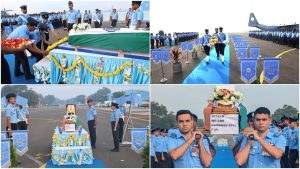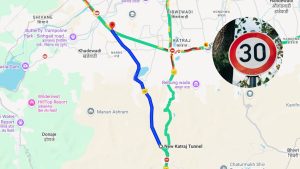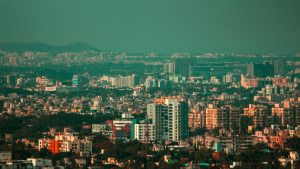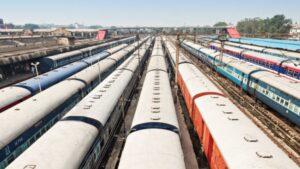India’s Most Expensive Highway to Travel | Mumbai-Pune Expressway
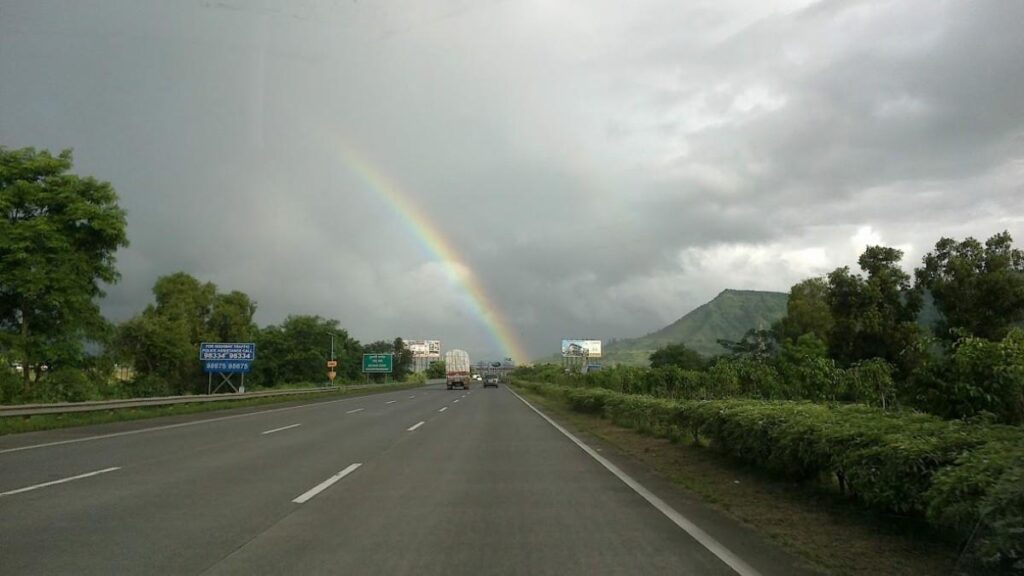
The Mumbai-Pune Expressway connecting two key cities is considered to be the most expensive to travel, keeping in mind the higher toll charged compared to other national highways, according to media reports.
The six-lane access-controlled expressway constructed in 2002 at a cost of Rs 1.63 lakh crore is 94.5 kilometers long and was the first expressway in the country.
The toll on the Mumbai-Pune expressway is Rs 320 for a four-wheeler, one-way between the two cities. The toll per kilometer calculates to Rs 3.40, which is Rs 1 more per kilometer compared to the average toll charged on other expressways in the country, according to the reports.
Constructed by the Maharashtra State Road Development Corporation (MSRDC), the Mumbai-Pune Expressway was the country’s first access-controlled road, and the travel time between two cities was significantly reduced after it was opened to public in 2001-02.
The toll is increased by 6% annually but is implemented cumulatively at 18% after every three years. It was last revised in April 2023, when the toll was increased to Rs 320 from Rs 270 and Rs 495 for vehicles like minibuses and tempos instead of the current Rs 420.
The toll for multi-axle trucks was increased to Rs 685 from the current Rs 585. Buses now pay Rs 940 from earlier Rs 797. Officials had said that the toll would remain the same till 2030, as there would not be any revisions after three years in 2026.
The expressway was constructed in 2002 at a cost of about Rs 1.63 lakh crore. The expressway starts at Kalamboli in Raigad District’s Navi Mumbai and ends at Kiwale in Pune. It meanders through the scenic Sahyadri mountain ranges through passes and tunnels. It has five interchanges: Kon (Shedung), Chowk, Khalapur, Kusgaon and Talegaon.
The expressway has two carriageways, each with three concrete lanes, separated by a central divider and a tarmac or concrete shoulder on either side. Pedestrians, two-wheelers, three-wheelers, bullock carts and tractors are not permitted, although tractor-trailers (semi-trailer rigs) are permitted. Vehicles are also prohibited from halting on the expressway.
The expressway handles about 43,000 PCUs (passenger car unit) daily (TOI), and is designed to handle up to 1,00,000 PCUs (Journal of Road Mechanics and Tunneling Technology).
Under Vision 2047, the plan is to construct 50,000 km of access-controlled high speed national highways, up from the current 4,000 km.



